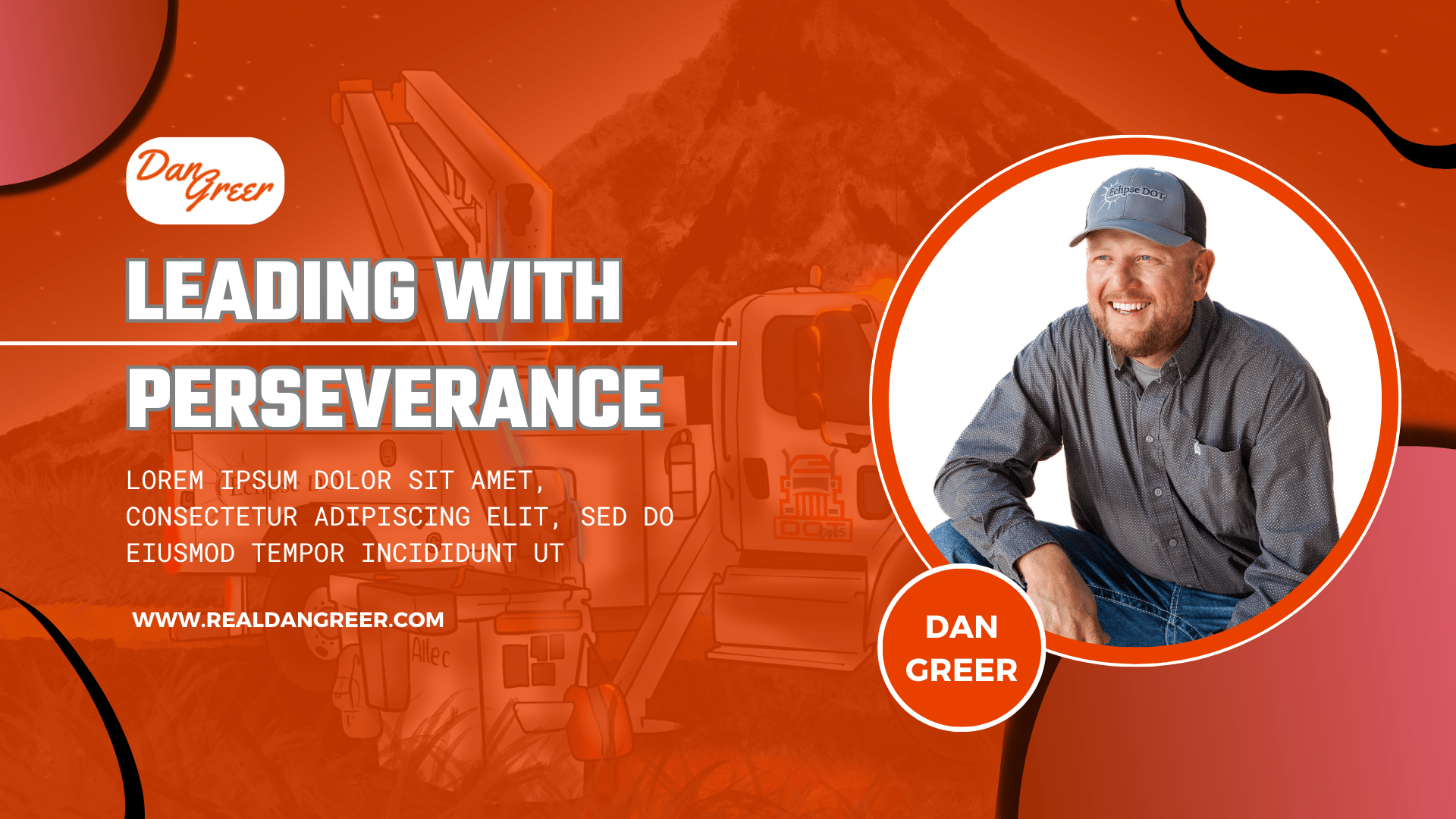Limiting Beliefs
Let’s begin with a verse from Psalms 139:13, which states, “For you created my inmost being; you knit me together in my mother’s womb.”
To me, this verse encapsulates the idea that we are all integral parts of God’s grand design, each bestowed with a unique purpose.
For those familiar with me, it’s evident that I steadfastly believe in the notion that every individual is crafted with intent and that the events of life unfold with purpose, even including the constraints of our own beliefs.
Yes, even those beliefs that confine us serve a purpose in the grand tapestry of existence. But before delving too deeply into these restrictive beliefs, let’s first define what they entail.
But before we embark on that discussion, allow me to address any apprehensions you might have about this topic. It’s perfectly natural to feel a bit uneasy, as exploring limiting beliefs, especially my own, is a daunting prospect for me as well.
So, if you’ll permit me, for this reflective piece, I’d like to open up and share some personal vulnerabilities with you. I only request that you refrain from laughing too uproariously at my expense (although I didn’t expressly forbid laughter altogether, did I?).
Now, returning to our focus: what exactly constitutes a limiting belief?
In my view, a limiting belief is any conviction that an individual holds that acts as a barrier to their growth and fulfillment.
According to Tony Robbins, limiting beliefs are the narratives we internalize about ourselves that hinder us from reaching our true potential. These beliefs constrain us from realizing our fullest capabilities. Personally, I find his definition more resonant than my own.
One example of a limiting belief I once held was that I lacked proficiency in reading. Throughout my schooling, numerous teachers and classmates reinforced this notion, asserting that I was a slow reader and not adept at it. Consequently, I embraced this belief and allowed it to dictate my actions.
From third grade through graduation, I never completed an entire book, except for two by Tim Allen (“Don’t Stand Too Close To A Naked Man” and “I’m Not Really Here”). Though I completed countless book reports and contributed to class discussions, I never truly engaged with the material.
Please don’t inform my English teachers or parents about this, haha.
I clung to this limiting belief well into my twenties, until around the age of 27, when I finally shattered it. As a child, I cherished spending evenings at Grandma Greer’s house, just a half-mile from my own, where she would read to us before bedtime. Inspired by this, I resolved to read to my own children.
With Jenna’s assistance, I selected a book we all would enjoy, and every night I was home, I read it to them for 20–30 minutes. Initially, I felt immense trepidation about reading aloud, fearing I might stumble over words. Yet, I realized that I was the only one scrutinizing the text; the kids were already in bed.
So, whenever I stumbled over a word, I pressed on as if I were entirely confident. Before long, I found myself stumbling less and less, and after three months of nightly reading sessions, I began affirming to myself, “You’re good at reading.”
Around that time, I discovered my newfound love for books. This year alone, I’ve listened to and read approximately 50 books. Recently, while discussing my reading habits with my dad, I stumbled upon one of his own limiting beliefs.
When I mentioned that I’ve read 48 books so far and am currently in the middle of another, he questioned whether I read them or listened to them. My immediate response was, “WHO CARES?”
Do you perceive his limiting belief? According to him, you can’t derive knowledge from a book unless you physically read it in a traditional book format.
The challenge with limiting beliefs is their persistent nature. However, the truth is often far from them. They’re merely fabrications, stories concocted by Satan to hinder us from realizing the full potential that God intends for us to achieve ultimate success.
I could dedicate an entire book to exploring limiting beliefs and how to overcome them. (Who knows, perhaps I will someday?!?!) But for today, I want to emphasize that God has designed each of us with a purpose, and it’s our responsibility to strive to fulfill that purpose to the best of our abilities.
Now, it’s time to take action, and I’ll be honest, this step might be a bit challenging. Are you prepared for it?
Firstly, I urge you to listen to my podcast episode titled “Leading From The Middle Of The Pack,” where I delve into limiting beliefs. I believe it could provide valuable insights for you. You can find it here: THE ECLIPSE DOT PODCAST
Secondly, take a few moments to jot down your answers to the following questions:
What are three of my most limiting beliefs?
What negative consequences have each belief caused me in my life so far?
How has each belief negatively impacted my life?
What opportunities have I missed out on by embracing these beliefs?
What is the worst consequence that could occur if I continue to hold onto each belief?
What belief do I want to replace each of these with?
This is going to delve into some deep territory, but I have full confidence that you’re up for the challenge. And just to demonstrate that you’re capable, here are some of my own limiting beliefs:
- I’m not good enough.
- I’ll never put in enough effort to measure up. This fear of failure permeates my endeavors; my business could falter, my relationships may suffer, and I might cease to evolve. It’s constant stress, struggling to make ends meet.
- I’ve missed out on incredible relationships, early success in life, and financial freedom.
- There’s a looming fear of losing my relationship with Jenna.
- I don’t feel deserving of happiness.
- The prospect of failure in relationships, business, and faith threatens to unravel my entire existence.
- Ultimately, these beliefs could cost me everything—Jenna’s departure, my children’s loss of faith in me, and the forfeiture of everything dear to me.
- There’s a lingering sense of unworthiness regarding success.
- I fear I’ll cease striving for improvement, leading to stagnation and a loss of sight of what truly matters to me, my family, my business, and my clients.
- These beliefs have already exacted a toll, robbing me of genuine wealth—beyond mere financial gains—and adding strain to my marriage.
- The possibility of losing my company hangs over me.
- I struggle to celebrate my victories.
- This fear of inadequacy could lead me to stop striving for excellence, allowing others to surpass me in life and business.
- This belief negatively impacts everyone in my life. At home, I often appear dissatisfied, never pausing to acknowledge my accomplishments before moving on to the next goal. This attitude could jeopardize my business, marriage, and relationship with God.
- Losing my relationship with Jenna is a significant fear.
- I fear appearing foolish if I disclose my business situation to my peers.
- I worry that if I don’t open up about my struggles, I won’t receive the necessary support to progress to the next stage of growth.
- The collapse of my entire business is a looming concern.
Now, let’s explore the new beliefs I’m adopting to replace the old ones:
- I am inherently enough, and God has designed me for success.
- I deserve happiness and blessings in my life.
- Success is not just desired but necessary for me.
- I confidently celebrate my victories, exuding a joy that cannot be contained.
- God’s love for me ensures my success.
- It’s essential to celebrate my achievements as God intended.
- By embracing vulnerability, I allow others to coach and support me, fostering growth.
- God assures me that I am more than enough. He desires my success, happiness, victories, sharing, and celebration.
Enhance your faith-led leadership journey with God First Life Next. Explore empowering insights at “Limiting Beliefs” Let faith guide your leadership. Click for purposeful living at GodFirstLifeNext.org.













